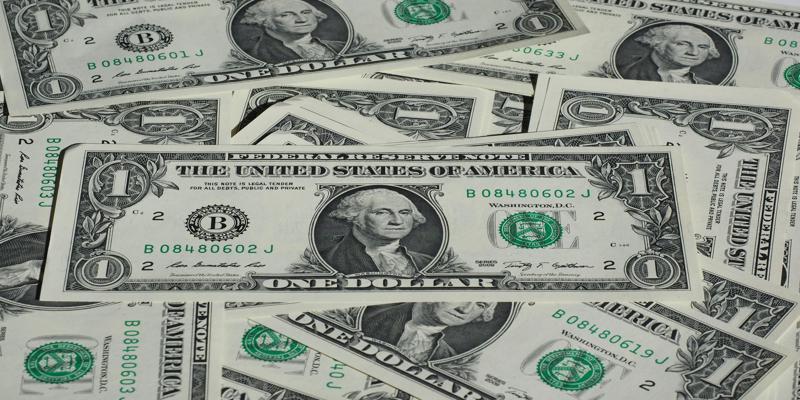Ginnie Mae’s Role in Affordable Housing: History, Impact, and Programs
The Government National Mortgage Association, better known as Ginnie Mae, plays an often overlooked yet foundational role in the housing finance industry. As a government corporation within the U.S. Department of Housing and Urban Development (HUD), Ginnie Mae is instrumental in ensuring affordable housing options for millions of Americans by facilitating the secondary mortgage market.

Its history is intertwined with key shifts in housing policy and financial innovation, particularly in the development of mortgage-backed securities (MBS). In the following sections, well explore Ginnie Maes history, understand its major contributions to the housing market, and review its programs that help make homeownership more accessible for low- and middle-income Americans.
The Origins and History of Ginnie Mae

Established in 1968 as a spinoff from the Federal National Mortgage Association (Fannie Mae), Ginnie Mae was created to address specific gaps in the housing market that required direct government support. Ginnie Maes origins reflect a time of economic and social transformation in the United States, where the demand for affordable housing solutions was mounting. The Housing and Urban Development Act of 1968, under which Ginnie Mae was born, split Fannie Mae into two separate entities. Fannie Mae continued to operate as a government-sponsored enterprise focused on conventional mortgages. At the same time, Ginnie Mae was tasked with promoting government-backed mortgages, particularly those aimed at low-income Americans and veterans.
One of Ginnie Maes foundational missions was to support the availability of capital in the housing market, which in turn would make affordable loans accessible to those who needed them most. By guaranteeing mortgage-backed securities composed of government-backed loans, such as those insured by the Federal Housing Administration (FHA), the Department of Veterans Affairs (VA), and the U.S. Department of Agriculture (USDA), Ginnie Mae fostered investor confidence, thereby stabilizing and expanding access to affordable mortgage financing.
Ginnie Mae and the Mortgage-backed Securities Revolution

One of Ginnie Maes most significant contributions to the financial world was the introduction of the first mortgage-backed security in 1970. Before this innovation, mortgage lenders needed to improve their ability to recycle capital and issue new loans. Ginnie Maes mortgage-backed securities, or MBS, transformed this scenario by allowing banks to bundle individual loans into a single security that could be sold to investors. This innovation brought substantial liquidity to the mortgage market, ensuring lenders could continually provide new loans and meet the demands of prospective homebuyers.
Ginnie Mae's MBS is unique in that the full faith and credit of the U.S. government backs them. This guarantee reduces investors' risk and provides a level of security that few other investments can match. While Ginnie Mae itself does not issue or purchase mortgages, its role in guaranteeing the principal and interest payments on these securities means that lenders are more willing to offer loans to borrowers who may otherwise struggle to secure affordable mortgage terms.
Through its MBS program, Ginnie Mae has made homeownership more accessible to a broad spectrum of Americans, including veterans, rural residents, and those with lower incomes. In many ways, this pioneering role in mortgage-backed securities not only expanded homeownership opportunities but also stabilized the housing market, particularly during economic downturns.
Key Programs and Their Impact on Affordable Housing
Ginnie Mae supports a few key programs, each designed to promote specific objectives within the realm of affordable housing. These programs make mortgage financing available to different segments of the population, ranging from low-income individuals to veterans and rural homeowners.
Single-Family MBS Program
Ginnie Maes Single-Family MBS Program is its largest and most widely recognized initiative. This program guarantees mortgage-backed securities backed by FHA-insured and VA-guaranteed loans, helping lenders issue affordable loans to individuals who may not meet the stricter credit requirements of conventional loans. Many first-time homebuyers, low-income families, and veterans benefit from this program, as it allows them to access mortgage loans with favorable terms.
The Single-Family MBS Program has been particularly effective in stabilizing the housing market, especially during challenging economic times. By providing liquidity to the secondary mortgage market, Ginnie Mae ensures that lenders continue to offer government-backed mortgages even in periods of financial volatility.
Multi-Family MBS Program
Another critical initiative under Ginnie Maes purview is the Multi-Family MBS Program. This program focuses on providing affordable housing options in the rental market. It guarantees securities backed by mortgages for multi-family properties, such as apartment buildings and affordable housing projects. With this program, Ginnie Mae supports the financing of affordable rental units, addressing the needs of individuals who may not be ready or able to buy a home but still require stable, affordable housing options.
In recent years, the demand for affordable rental housing has surged, especially in urban areas where home prices have soared. Ginnie Maes support in this sector helps alleviate some of the pressures in the rental market by increasing the availability of affordable rental units. This is especially important for low-income renters, who often face limited options and rising rent prices in many parts of the country.
Manufactured Housing Program
While often overlooked, the Manufactured Housing Program is another valuable Ginnie Mae initiative. Manufactured homes, which are prefabricated and typically more affordable than traditional homes, represent an important source of housing for many Americans, particularly in rural areas. Ginnie Maes Manufactured Housing Program provides guarantees for securities backed by loans on these types of homes, enabling lenders to offer competitive rates to borrowers.
This program is particularly beneficial for those in rural communities or lower-income households, as manufactured homes are often the most accessible form of homeownership. Through this initiative, Ginnie Mae helps expand homeownership to individuals who may not have access to traditional housing markets, promoting broader economic stability in less urbanized areas.
Conclusion
In the landscape of American housing finance, Ginnie Mae holds a unique and pivotal position. From its origin as a government response to growing demands for affordable housing, Ginnie Mae has grown into a critical component of the housing market, supporting homeownership for millions through its mortgage-backed securities programs.












